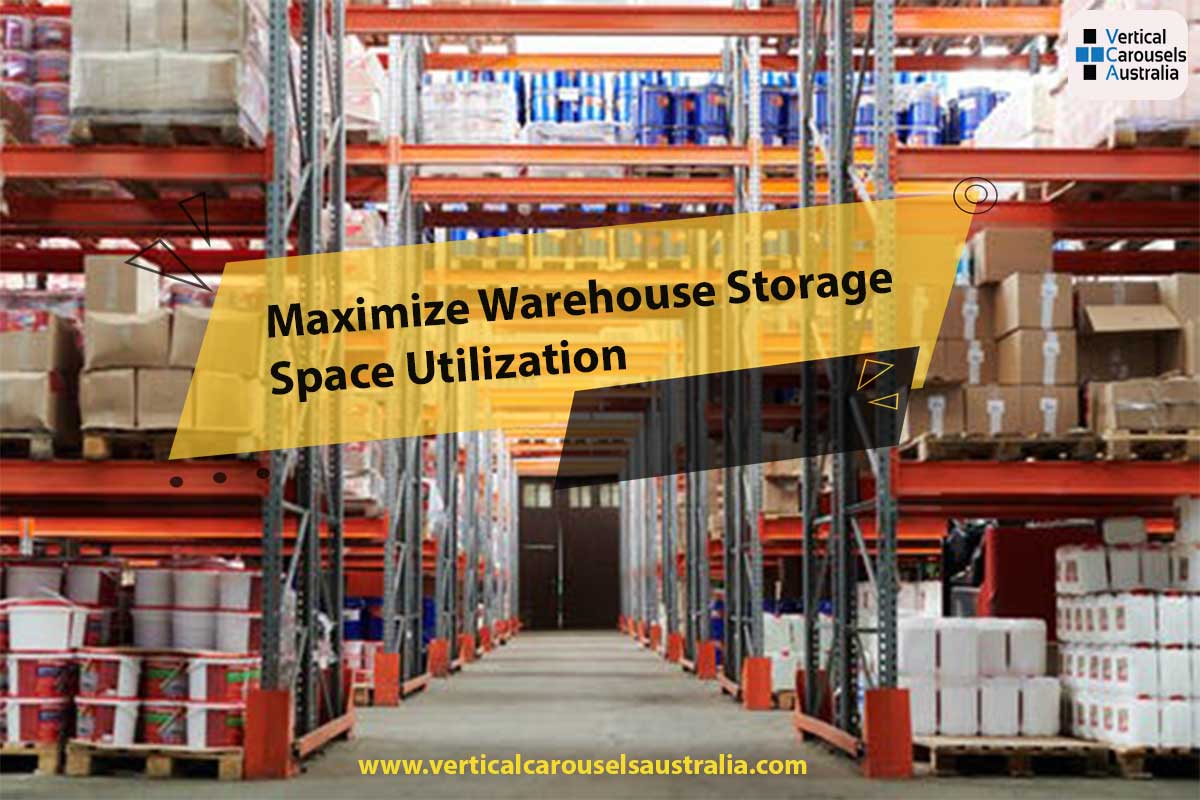
One of the numerous issues you’ll face throughout the supply chain is managing inventory in your warehouse or distribution centre and the main challenge in distribution centres (DC) is limited warehouse storage space.
When a distribution centre reaches roughly 80 per cent capacity, it is considered full. This is true not only in the storage section of the warehouse, but also in the receiving, shipping, and other process areas. If you run out of inventory warehouse storage space in your DC for any reason, there are a few options for increasing capacity without having to expand.
Congestion is the most serious issue. Congestion adds to your workload by requiring you to move products that you don’t have room for. To remove this other “Product Y,” you must move “Product X” to a different location. You begin to organise your belongings in aisles. You make use of staging space, which is usually available for fresh incoming content.

Consider your warehouse storage to be the equivalent of a three-car garage. If you park all three cars in the garage, you won’t be able to accommodate lawnmowers, snowblowers or other tools and you’ll have to take one of the cars out to clear space.
In a distribution facility, the same process happens. When it’s completely full, you’re usually moving inventory in and out, which takes up valuable time and extra effort.
Why do warehouses run out of storage space? There are various reasons for this. Some problems are beneficial, while others are inventory issues.
Extending racks higher is frequent when it comes to increasing warehouse storage capacity. Rack extension can have several drawbacks, such as incorrectly sized racking uprights or foundation plates. A structural engineer and a PE can then confirm whether or not rack extension is a possible possibility.
Finding the correct kind of warehouse storage solutions for your facility is one of the challenges of extending racks. Here are some of the most common types of warehouse shelving racks to consider for your warehouse:
Pallet racks are likely already stocked in your warehouse, depending on your sector. If you have a variety of inventory kinds, combining these basic racks with a forklift and pallets is one of the finest methods to maximise your storage space.
For FIFO (first in, first out) inventory systems, these racks are excellent. Carton flow racks include slanted panels that drive older merchandise to the bottom of the rack, making it more accessible.
Long inventory, such as plumbing, lumber, or steel trusses, is ideal for cantilever racking. Inventory is placed on protruding arms on these racks. Consider whether your employees will require additional equipment to reach higher levels of inventory while expanding these racks.
A mezzanine is a platform that adds a second level of storage above your warehouse floor. Mezzanines are another underutilised warehouse storage solution.
Adding a mezzanine is one of the most effective ways to expand warehouse space. Installing a mezzanine above a floor-level process, such as a shipping or receiving room, can roughly increase the amount of floor space available.
Of course, there are drawbacks to having a mezzanine. It must be possible for the floor loading to handle it. There will be columns and base plates that now drop down to the floor, which may obstruct the process below it, but adding a mezzanine, if possible, is preferable to expanding the structure.
A wide aisle can be 10 to 12 feet wide, but if it can be decreased to five to eight feet wide, 15 to 20% of the space can be saved. Lift equipment must be assessed while considering this option. In a particularly tight aisle, there is also the additional cost of wire guiding.
Another option is to upgrade the storage medium to equipment with high-density storage, such as converting from single-deep to double-deep rack warehouse shelving. Pallets must be loaded into a double-deep rack using a reach truck. Higher density equipment can also be found in push-back or drive-in racks. These alternatives are wonderful for adding storage, but FIFO (first in, first out) becomes a concern. Access to the first-in pallets is limited because of the higher density.
Make use of space you didn’t realise you have. Pallet racks full of supplies, slow-moving goods, or staging for inbound or outbound merchandise that hasn’t been processed can typically be positioned above receiving or shipping doors. If the facility has a pick module with a conveyor running down the centre, place a shelf above the conveyor. It’s a simple approach to provide more storage for smaller or slower-moving things that don’t need to be replaced as often. Those items will need to be refilled either by hand or by conveyor.
In a warehouse, directed put-away is also a wonderful technique to create or save space. Instead of just “place the pallet anywhere you like,” directed put-away is guided by the warehouse management system, which knows which places are most suited for pallets. Rather than allowing a worker to place a pallet in the most convenient spot, it tells you the best place to put it.
When it comes to warehouse space, there is no one-size-fits-all solution. In most cases, the solution is a combination of numerous factors. You can clear space in the yard, add equipment. Usually, there are several options. The 80 per cent guideline is something you should always remember. Don’t cram product into 100% or even 90% of the space. Keep in mind you still need to be able to get your inventory out when the time comes.